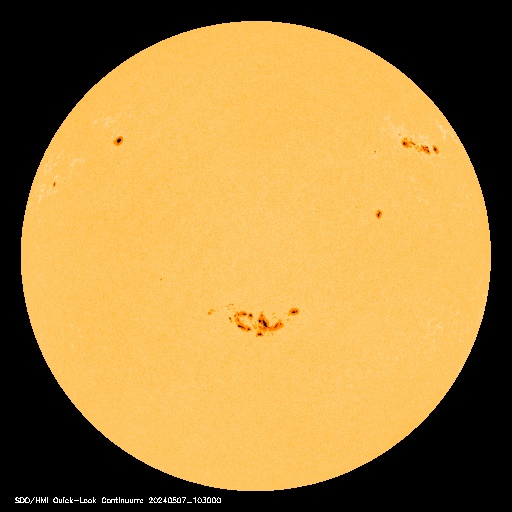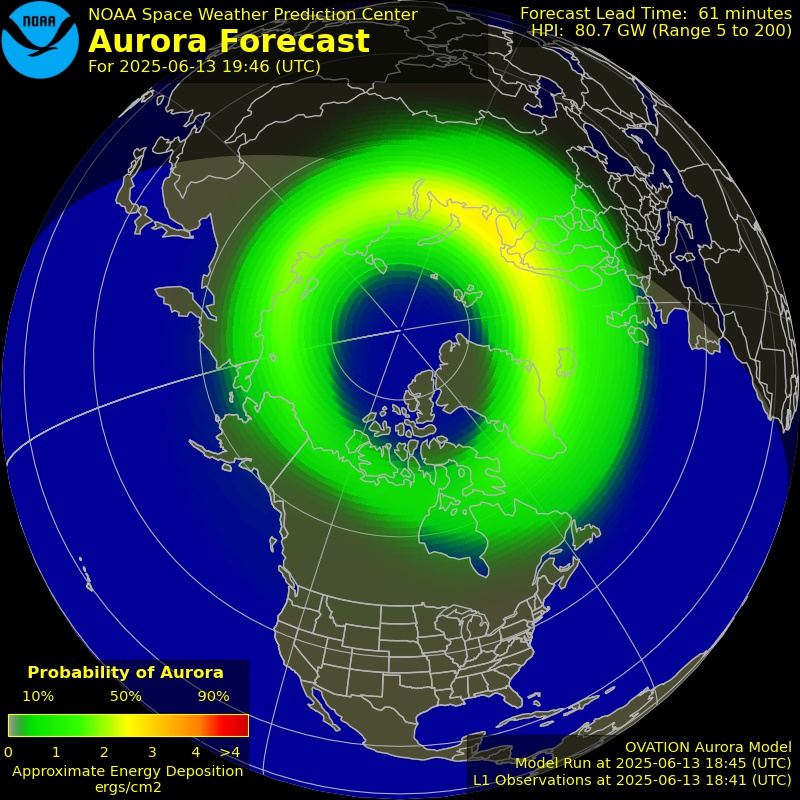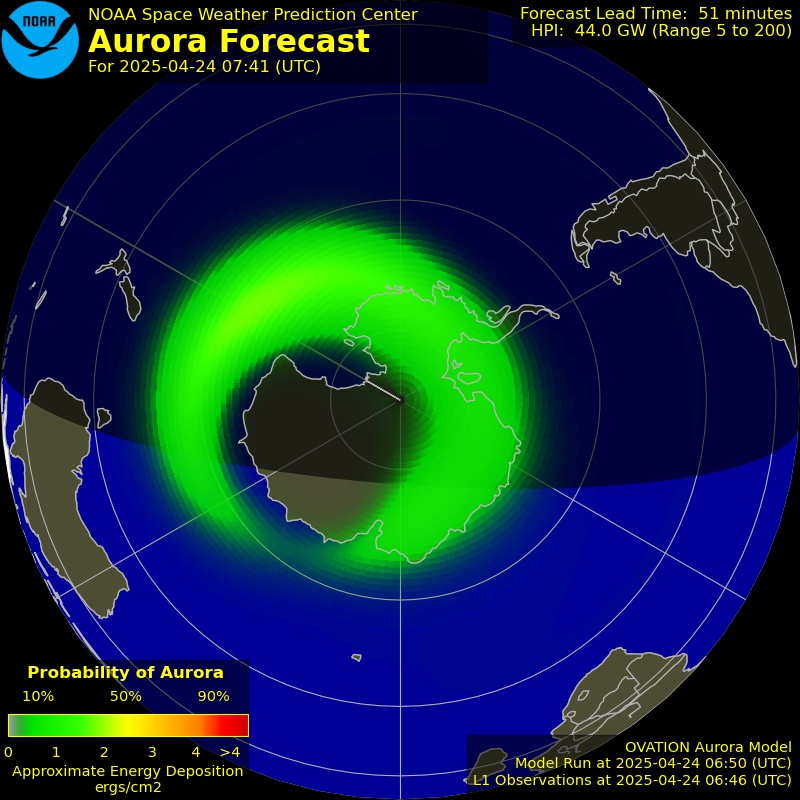
Fifty years ago, astronomers discovered a mystery. They called it Loop I. Today, we still have not fully resolved the mystery of how this giant celestial structure formed but we do now have the best image of it, thanks to ESA’s Planck satellite.
Loop I is a nearly circular formation that covers one third of the sky. In reality, it … Read the rest of this article




























